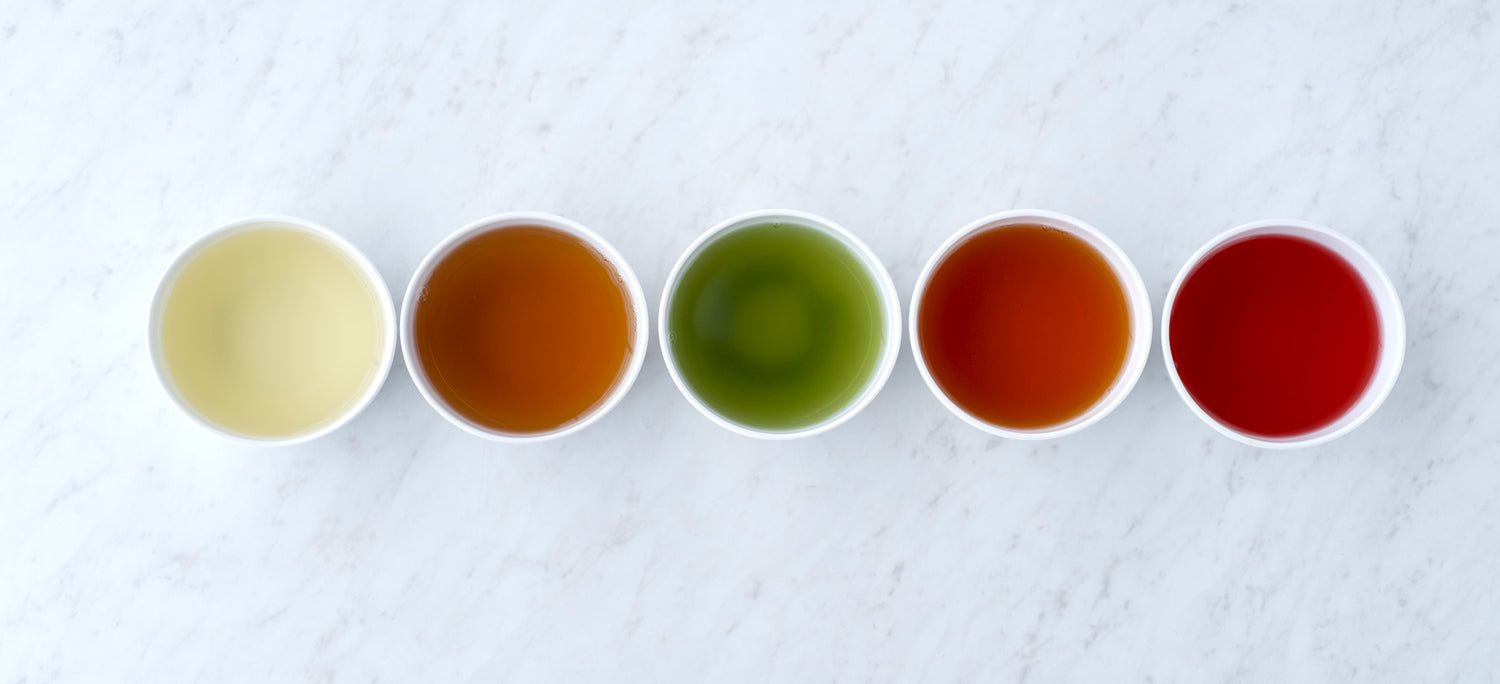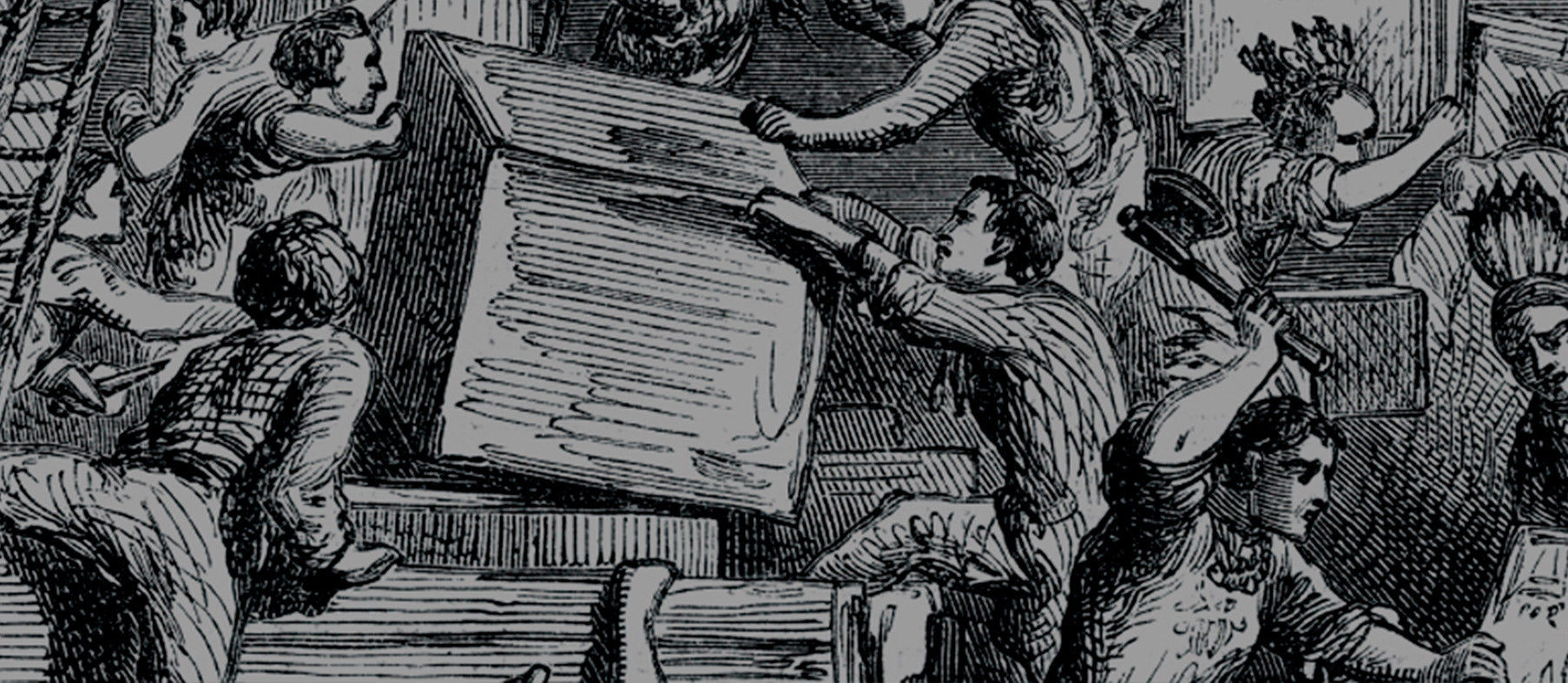Tea is among the world’s oldest and most revered beverages. It is today’s most popular beverage in the world, next to water.
For nearly 5,000 years tea has been consider a medicinal beverage, a symbol of wealth, an inspiration for art, poetry, meditation, piracy, religion ceremonies, political upheaval, social gatherings, and superstition.
Tea is a work of art that needs master artisans to reveal its noblest qualities.
Circa 2737 B.C. Tea was discovered in China by Emperor Shen Nung, known as the Divine Healer.
206 B.C. – A.D. 221 Tea attracts the attention of Chinese Royalty, thus improving the methods of collecting tea leaves.
A.D. 221-277 Tea replaces wine at Chinese imperial banquets.
400 – 600 Chinese farmers started to developed ways to cultivate tea, because of a higher demand for the product. Tea was prepared by drying and pounding raw tea leaves, compressing them into cakes, breaking off pieces to be placed in a china pot, where they would add the boiling water and some times even; spices, onion, ginger or orange.
618 – 906 T’ang Dynasty. Powdered Tea became the fashion of the time. Nobility made it a popular pastime and tea became a national drink in China. Caravans carried tea on the Silk Road, trading with India, Turkey and Russia.
780 Poet Lu Yu, wrote the first book of tea, Ch’a Ching, making him a living saint, patronized by the Emperor himself. The book described methods of cultivation and preparation of tea.
805 The Buddhist monk Saicho traveled from China, bringing the first tea seeds to Japan.
960-1280 Sung Dynasty – Golden Age of Tea. Tea reaches the peak of fashion. Beautifully crafted ceramic tea ware was made during this time.
1101-1125 Emperor Hui Tsung wrote about the best ways to make whisked tea. A strong patron of the tea industry, legend has it that he became so obsessed with tea he failed to notice the Mongols who overthrew his empire. Teahouses built became very popular among the Chinese, during his reign.
1191 Eisai Myoan, the monk who brought Zen Buddhism to Japan, cultivated the first tea seeds near Kyoto, on the grounds of his temple, after returning from an expedition to China. Eisai experimented with different ways to brew tea, later adopting the Chinese whisked tea, still done today with maccha at the Japanese tea ceremony.
1206 – 1368 Yuan Dynasty. For more than a century a Mongolian Dynasty was established after Genghis Khan and Kublai Khan conquered Chinese territories. Tea became an ordinary drink, never regaining the high status it once enjoyed.
1211 In Japan, Eisai Myoan, wrote a small book on tea, elevating even more its popularity.
1368-1644 Ming Dynasty. A new method of preparation was steeping whole leaves in water. The resulting pale infusion needed a lighter color ceramic to enhance its subtle colors. The white and off-white tea-ware produced became the style of the time. Tea became popular once again. Shiploads of porcelain teapots and wooden chests of tea were been exported to Portugal, Holland and England. The first Yixing pots were made at this time.
1422-1502 The Japanese tea ceremony, Chanoyu (which means “hot water for tea”), was created by a Zen priest named Murata Shuko.
1610 Tea reaches Europe, it is not clear whether it was the Dutch or the Portuguese who first introduced tea to the West.
1618 Tea was introduced to Russia as a gift from the Chinese ambassador to Czar Alexis, thus initiating a trade of camel caravans that traveled 11,000 miles between China and Russia. It was during these caravans which took almost a year and a half to complete that the teas absorbed the aroma of the campfire smoke originating the famous black tea known as Russian Caravan.
1657 Tea was first sold in London at Garway’s Coffee House.
1662 Charles II married Princess Catherine Braganza of Portugal. They both loved tea, creating a fashion for it.
1669 England was importing approximately 150 pounds of tea from China.
1697 Taiwan, formerly known as Formosa, started cultivating the first domestic bushes.
1705 England was importing approximately 800,000 pounds of tea yearly.
1710 American Colonists developed a taste for tea.
1773 The Boston Tea Party, American colonies protesting high taxes that England imposed on tea, began a fight for independence. Colonists dressed as Native Americans boarded East India Company ships in Boston Harbor. They threw 340 chests of tea overboard.
1776 England sold the first opium to China. The increasing demand for tea in England was being financed by opium addiction in China. Opium was sold wholesale for silver and the same silver was used to pay for the tea.
1835 The East India Company established experimental tea plantations in Assam, India, where native plants were found.
1839 Chinese official deposited 20,000 chests of opium on a beach near Canton. A year later Britain declared war on China and China retaliated by placing an embargo on all exports of tea until the end of the First Opium War in 1842.
1839 The first chests of Indian tea were sent to England, starting a fast development of tea plantations in Northern India, due to the Chinese embargo.
1840’s Clipper ships, built in America, increased the transportation of tea from Hong Kong to America and Europe from15 months to 95 days. Races to London became commonplace.
1856 Tea was planted in many areas of Darjeeling.
1869 A deadly fungus wiped out the coffee crop in Ceylon, starting a development of tea plantations in Sri Lanka.
1900 Trans-Siberian railroad is completed ending the famous camel caravans.
1904 Richard Blechynden invents iced tea for the St. Louis World Fair.
1908 Thomas Sullivan, a merchant from New York, invented the tea bag.
1910 Indonesia, Kenya and other parts of Africa started growing and exporting tea.
1911 Chinese Republic established after overthrowing the Manchu Dynasty.
1949 People’s Republic of China founded.
1970 The Taiwanese government encouraged its population to drink tea, revitalizing tea culture on the island.
1980 Green Tea becomes increasingly popular in the West, due to evidence of it’s health benefits in new scientific research.
1997 Hong Kong is turned over back to China from English control.
1997-1999 The average annual production of dried tea leaves in the world is approximately 3.3 million tons. Around 28 percent comes from India, almost 23 percent from China, around 10 percent from Sri Lanka, 8 percent from Kenya and 5 percent from Indonesia. The remainder comes from countries such as Turkey, Japan, Iran, Argentina and Brazil.
2001 PLAIN-T is founded beginning a new era of tea trading with the vision of reviving tea to the status it once held in its 5000 year history.



